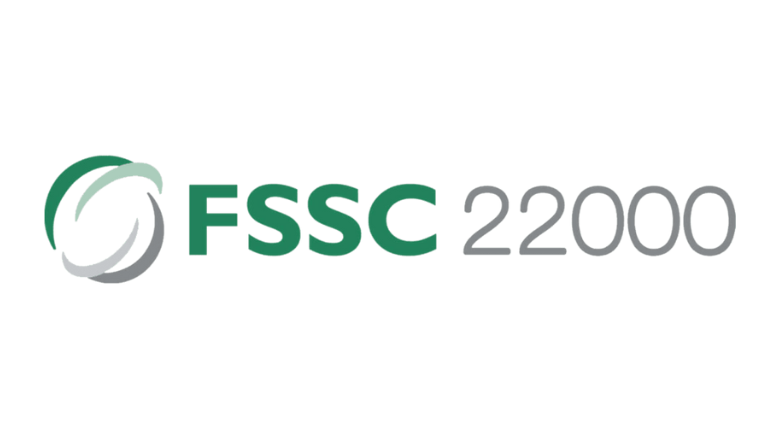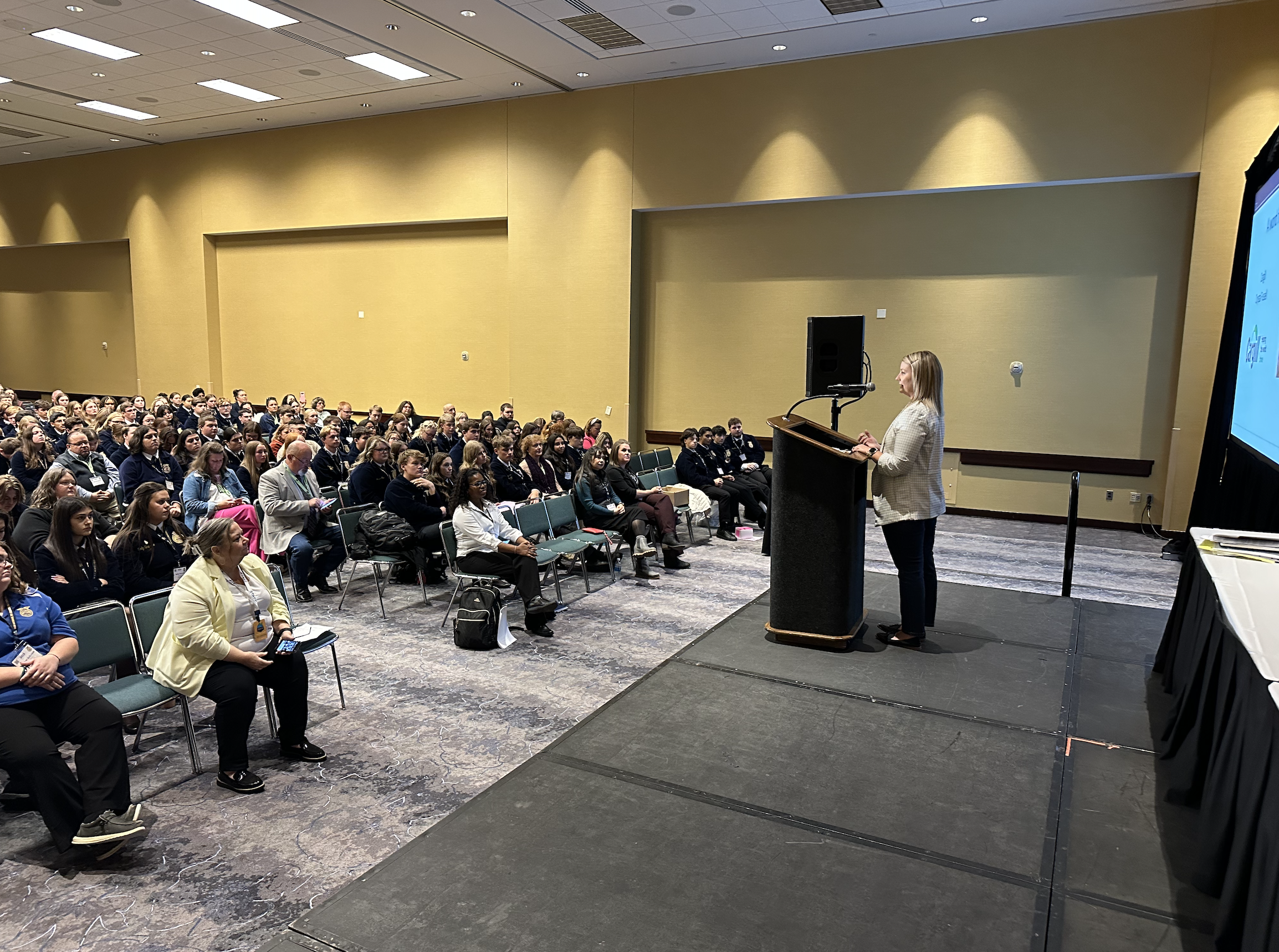Bridging the Language Gap: Strategies for Multilingual Training

In today’s manufacturing world, diversity is not just about different backgrounds and perspectives; it also encompasses linguistic diversity. According to the Bureau of Labor Statistics, 17.4% of the U.S. workforce was foreign-born.
A lack of multilingual training can lead to communication barriers, mistakes, injuries, and lack of training comprehension. For manufacturers, ensuring effective multilingual training for everyone can be a daunting task. However, it’s also an incredible opportunity to embrace diversity and foster an inclusive learning environment. Another benefit is the ability to draw from a larger labor pool, which is always helpful to fill open positions.
At the end of the day, the idea is to keep every employee safe with an opportunity for growth, no matter where they come from or what language they speak. In this blog, we’ll delve into how to solve the challenge of developing and delivering training for multiple languages in one facility.
Delivering the Multilingual Training Effectively
Once you’ve identified the languages most commonly spoken by your workforce, develop multilingual training materials that cater to their preferences. Translate written materials, such as manuals and handbooks, into those languages. Formal training materials – such as videos, class instruction, eLearning modules, should also be translated to ensure understanding.
This doesn’t always have to mean more than one version of a training course, as subtitles can be equally effective. In fact, with the right training software designed for multi-lingual workforces, you can use this to your advantage and train in two languages simultaneously. This technology can even document and track quiz answers in the two different languages at once, effectively cutting training time in half.
Selecting the Best Method of Translation
There are several different methods of translation you can use for the training content that you have already created. Translation agencies are decent, but they can be very expensive, take a long time, and might not have enough industry or job-specific knowledge to truly get what you want out of them.
On the other hand, machine translation (such as Google Translate) can be much more inexpensive and quicker, but it isn’t 100% accurate. There could be mistakes here and there which would ultimately decrease your credibility. A great approach is to start with machine translation to get most of the heavy lifting done for you, and then have a native speaker of the language review the content for any mistakes. This combined method can ensure accuracy and it would mean that internal and job specific terminologies are correct.
Many manufacturing organizations leverage third-party training providers for their courses. But before purchasing content from a training provider, vet them well for their multi-lingual capabilities. To start, ask if their courses are bi-lingual. In the United States, Spanish at the very least should be somewhat standard, and the same is true for Canadian French in Canada. Next, ask if their courses are customizable. For example, in the Intertek Alchemy training library, not only is every course customizable, but the built-in translation tool gets you that machine translation complete immediately, right in the course.
Lastly, while you’re vetting for translation capabilities, see if the training vendor already has training libraries in foreign languages commonly spoken in your region. In North American manufacturing facilities, there are a number of languages spoken in large concentration, spurring the need for pre-made training libraries. These include:
- Vietnamese training course library
- Haitian Creole training course library
- Burmese training course library
- Somali training course library
Regardless of the route you choose to take when developing your multilingual training, there are immense benefits to providing it such as opening up your organization to a wider pool of talent to choose from when bringing on new hires. You’re creating new opportunities for your organization from the ground up while also embracing a culture of inclusion. Multilingual training makes room for everyone to excel and succeed in the workplace regardless of their background.





